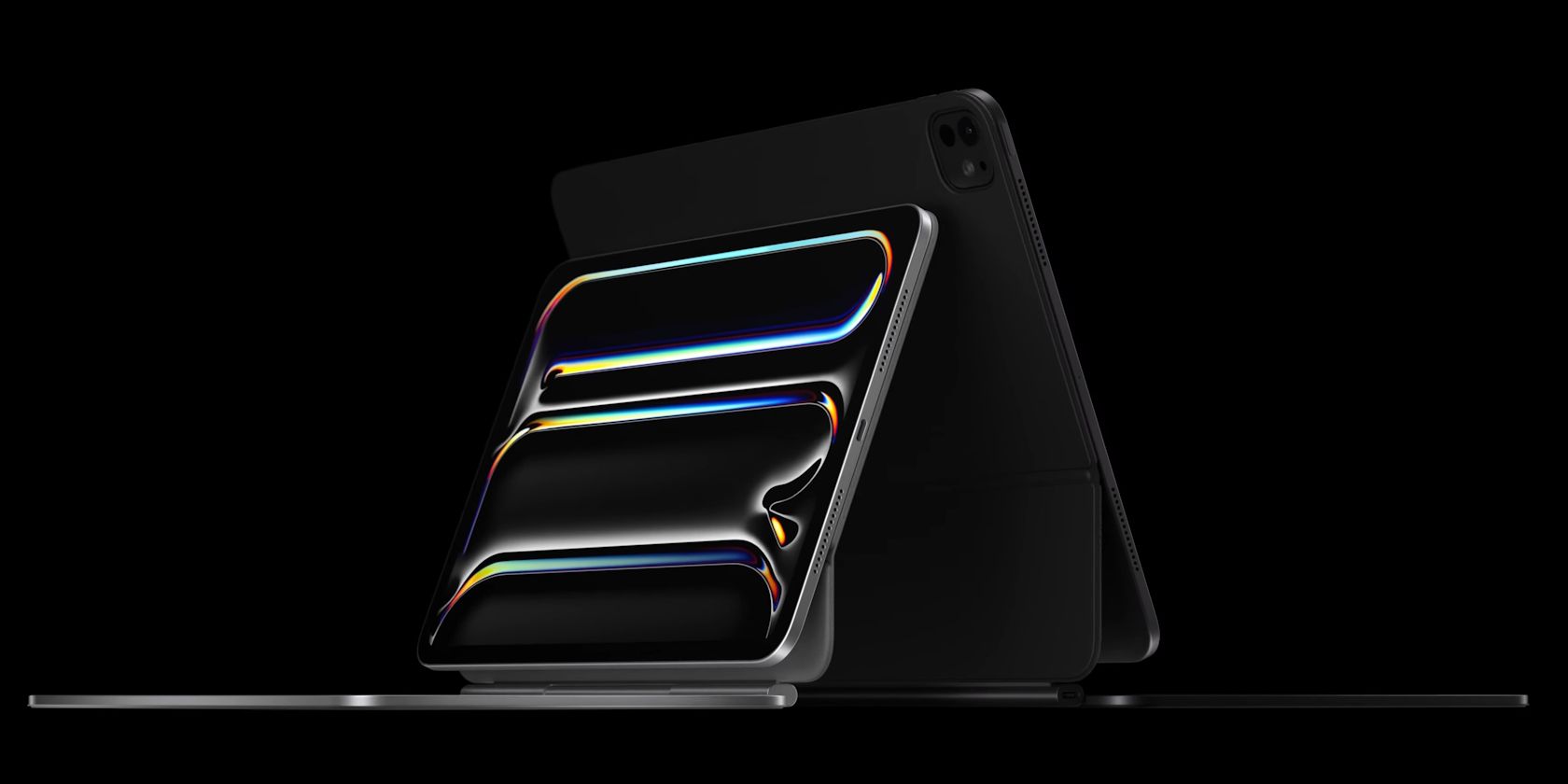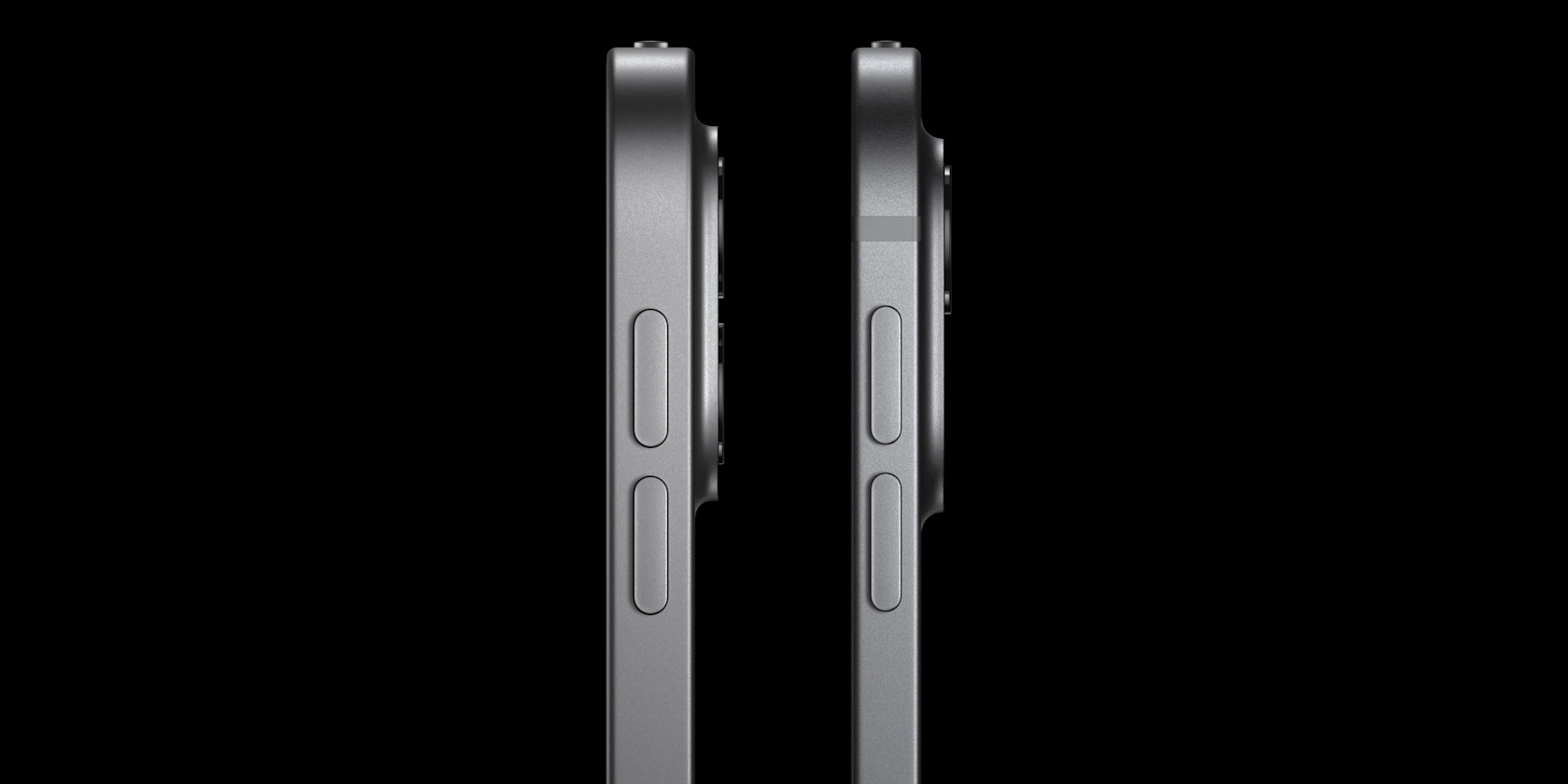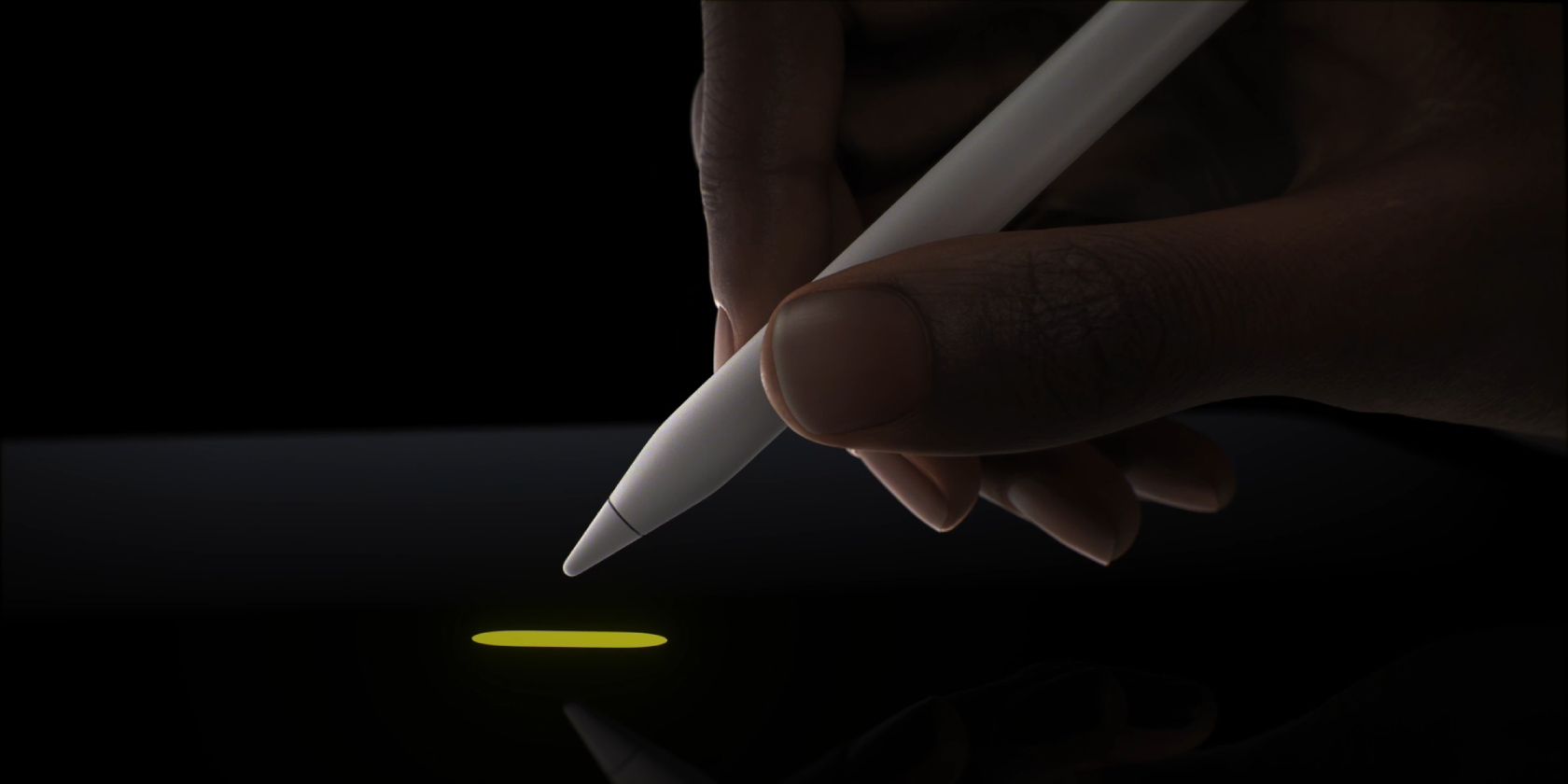If you’ve been considering a high-end iPad recently, 2024 is the right year to buy one. Apple refreshed its iPad Pro line in May 2024 at its “Let Loose” event with some of the biggest hardware upgrades we’ve seen in years. Let’s dive right into the exciting stuff.
1 Tandem OLED Displays
You probably realized from the headline that the 2024 iPad Pro models feature OLED displays, but what makes them special is the underlying tandem OLED technology.
Both the 11-inch and 13-inch iPad Pro models house two OLED panels that work together to combine their light for a higher full-screen brightness. As a result, the iPad Pro can deliver 1,000 nits for full-screen brightness for both SDR and HDR content, up from 600 nits on the outgoing models with the Liquid Retina XDR display.
Therefore, you get all the benefits of OLED displays, like individual pixel control and perfect blacks with no blooming, without one of its biggest drawbacks: average brightness levels. Apple calls it the Ultra Retina XDR display, and it’s superior to the Super Retina XDR display on flagship iPhones.
Apple also offers a nano-texture glass option for those who want to minimize glare while using their iPad outdoors. However, this option costs $100 extra and is limited to the 1TB and 2TB storage variants.
2 The M4 Chip
The 2022 iPad Pro models came with the M2 chip, but instead of moving to the M3, the 2024 iPad Pro models pack the all-new M4 chip that’s not even available on any MacBook as of May 2024. Apple claims the M4 chip is 1.5x faster than M2 in CPU performance, and it brings some of M3’s GPU features like Dynamic Caching and hardware-accelerated ray tracing.
The M4 also features Apple’s most powerful Neural Engine to date, which is 60x faster than the original Neural Engine in the A11 Bionic chip. As for efficiency gains, Apple says the M4 chip can offer the same performance as the M2 chip while consuming half the power. So you don’t have to worry about the battery life of the 2024 iPad Pros.
3 Landscape Oriented Face ID Camera
The top-mounted front-facing cameras on iPads have always been weird for video calls, as most people use their tablets in landscape orientation. While Apple addressed this issue in 2022 by moving the front camera to the landscape edge on the budget iPad (10th generation), iPad Pro users felt left out.
Fortunately, that’s not the case with the 2024 iPad Pro models, as they feature landscape-oriented Face ID cameras. So, when you video call someone, you don’t have to worry about unflattering angles where it seems like you’re looking to the side.
4 Thinner and Lighter Design
OLED adoption has allowed Apple to make the 2024 iPad Pro models thinner than ever before. The 11-inch variant is 5.3mm thin, whereas the 13-inch variant is just 5.1mm. Apple says this makes the iPad Pro the thinnest Apple product ever—even thinner than the iPod nano (7th generation).
The 2024 iPad Pros are also lighter, with the 11-inch and 13-inch models weighing 0.98 lbs and 1.28 lbs, respectively. Despite the reduction in thickness and weight, Apple claims these new iPad Pro models are just as strong as the previous ones.
5 Apple Pencil Pro and Magic Keyboard
If you already have a Magic Keyboard or Apple Pencil for your iPad Pro, it won’t work with the 2024 models due to the above design changes. So, you’ll have to buy the Apple Pencil Pro or the redesigned Magic Keyboard.
The Apple Pencil Pro costs the same as the Apple Pencil (2nd generation) at $129. However, it packs a new sensor that can detect when you squeeze it to bring up contextual actions, a gyroscope that detects rotation, and a haptic engine that provides feedback for specific actions. Additionally, it supports the Apple Find My network, so you can easily locate it when it goes missing.
Apple’s redesigned Magic Keyboard for the iPad Pro now has a function row for easy access to volume, media, and brightness controls. More importantly, it sports an aluminum palm rest and a larger trackpad with haptic feedback for a MacBook-like feel. Pricing remains unchanged at $299 and $349, respectively, for the 11-inch and 13-inch variants.
On the flip side, these hardware upgrades have made the iPad Pro more expensive. The 11-inch model starts at $999 for 256GB of base storage, whereas the 13-inch model for the same storage will set you back at $1,299. But if you’re happy with all the improvements these iPads offer, you can order one now from Apple Store Online.







